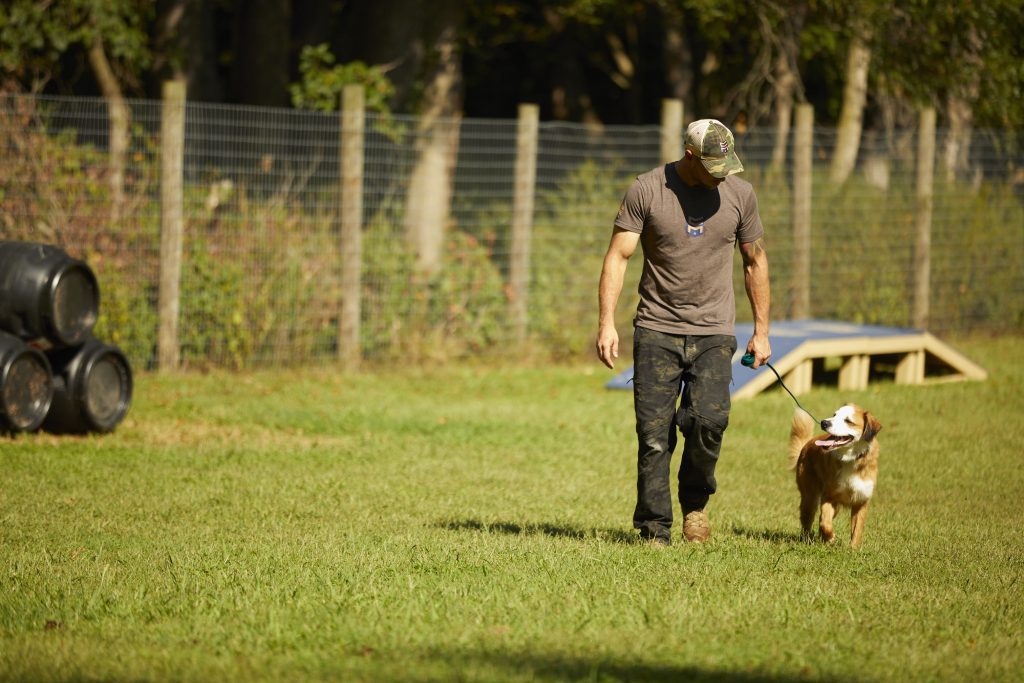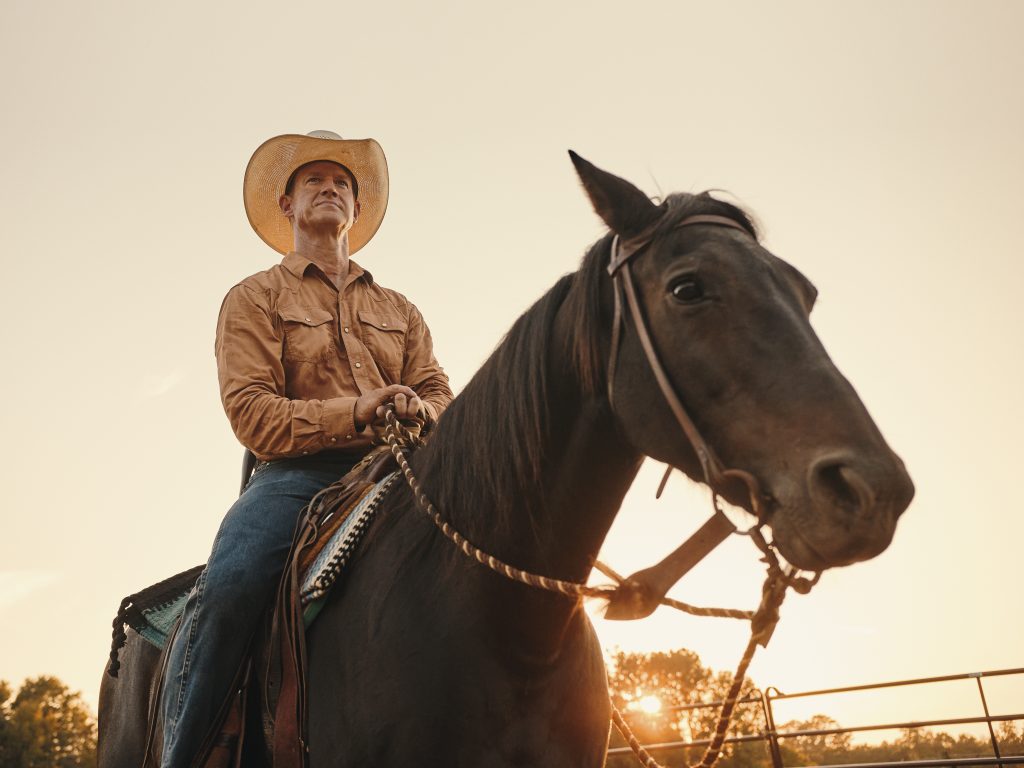Continue the Mission of Life: An Introduction to Charlie Mike
CHARLIE MIKE: BACKGROUND INTEL
The devastation of war plagues American history. The average citizen knows the appalling number of deaths caused by Americans killing one another on our own soil – over 600,000 deaths during The Civil War. Or, that in World War I — “the war to end all wars” — millions of people around the world died. We all know that World War II was even more destructive, less than twenty years later. Whether through genocide of millions of everyday people just living their once peaceful lives or the death of so many young men at the battle’s front, the carnage of war is indescribable. The numbers are staggering when measuring the human cost.
What about the last twenty years of war for this generation of Americans? Most people do not know of the casualties these wars have caused. The costs of these conflicts are more difficult to see, and therefore, more difficult to quantify. The costs are real, and they are high.
“Combat” is defined as a day in which war fighters do not know if they will live or die. In World War II, the average combatant saw approximately 40-60 days of actual combat. As bad as that war was, most troops only saw combat for a relatively small portion of the time they were deployed in support of the war. In many cases, that time was anywhere from two to four years. During the Vietnam War — a war where most people understand the casualty rate to be high — the average war fighter saw 180-240 days of battle during a one-year tour of duty. However, over the last 20 years in Afghanistan and Iraq, the average war fighter has seen 300 days or more of combat, in just one year.
POST 9/11 MILITARY SERVICE
The United States has 3.7 million military members who have served during the last 20 years, since the September 11, 2001 Al-Qaeda terrorist attacks. To make matters worse, hundreds of thousands of those veterans have deployed two, three, and even four (or more) times. This statistic is staggering when compared to the United States’ past military conflicts. In some cases, these multiple deployments have put our military personnel in life-and-death situations for 1,000 or more days during their time of service. War fighters are trained to fight. Sadly, there is little training on how to stop fighting after the war for them is over.
As technology continues to advance and battlefield medical care improves, we now successfully treat more wartime trauma than ever before, substantially reducing the number of fatalities. However, most of today’s post-war casualties are unseen. Yes, physical trauma and death have decreased, but the other casualties — mental and emotional — have increased significantly. Countless numbers of U.S. servicemen and women are living with internal traumas and the scars of war, and suffer in silence. When they return home, they live their own war, over and over, every day.
THE UNSEEN CASUALTY RATE IS HIGH
Over the last two decades, society has become insulated and isolated from war and wartime service. Most people do not understand what a veteran is, or the meaning and impact of what the veteran has done. Most people cannot identify with the experience and the sacrifice, or what it means to be back home after such an experience and attempt to integrate into “normal” society.
The most devastating result of the increased wartime service is the current suicide rate among American veterans: an estimated 44 suicides every day! We lose more veterans to suicide each year, than have died over the past 20 years in the combined wars of Afghanistan and Iraq. That is more than 7,000 senseless deaths per year, and it is simply heartbreaking.
Twenty suicides a day is certainly a troubling number, and much higher than the national average when compared to civilians. Just as troubling, is the Federal Government does not have accurate data concerning veteran suicides — these numbers are estimates. In fact, many states do not report veteran death by suicide to the Department of Veterans Affairs (VA) or the government, causing inaccurate records. In all likelihood, the actual number of veteran suicides is even higher.
The mental and emotional turmoil from wartime service is very real and affects every veteran, and their family and friends in some way. From challenges in managing the simple activities of daily living to the desperate extreme of taking one’s own life, the range of needs is extensive. Charlie Mike, as an organization, is keenly aware of these results from wartime or military service. Our mission, our efforts, and all our goals are built around creating solutions for these casualties.
CHALLENGES THAT VETERANS FACE
Over 20% of veterans have Post Traumatic Stress Disorder (PTSD), which is the root cause of most of their challenges. Others have Traumatic Brain Injury (TBI) due to head trauma or battlefield concussion. Additionally, 74% of veterans have trouble sleeping, which presents its own set of issues and worsens other symptoms and challenges. Those who have experienced combat missions, find it difficult to relax and unwind. Many are undiagnosed and untreated by healthcare professionals.
Within the estimated number of 44 veteran suicides each day, the VA estimates that less than 1/3 of those veterans have visited a VA facility for treatment within two years. That statistic reflects additional, troubling information: most veterans do not interact with the VA or seek care – even those at the highest risk. Veterans are not turning to the VA, even in the moments when they need it most. We will find out why, and create the necessary solutions.
Some of the daily problems veterans experience are readily visible. For example, according to the Department of Veterans Affairs, an estimated 20% of the 600,000 homeless people in America are veterans. Thousands upon thousands of homeless veterans have nowhere to go on any given night, and it’s tragic. These men and women who served their country — all of us — should not be left on the streets.
The statistics are appalling and tell a very disheartening story. Within this demographic, the needs and suffering are very real: 51% have disabilities including physical, mental, intellectual, and sensory, or a combination; 50% have serious mental illnesses; 70% have significant substance abuse problems.
Anxiety. Depression. PTSD. Inability to sleep. Substance abuse. Homelessness. Trouble integrating in the workplace. Suicide. Cancer. Burn Pit related health issues. The list is endless. The challenges are very real.

THE MISSION OF CHARLIE MIKE
The military uses a phonetic alphabet to designate letters that ensure communication is clear. A is “Alpha,” B is “Bravo,” C is “Charlie,” and so forth. “Charlie Mike,” is the phonetic phrase for “C-M,” which means “Continue the Mission.” It also means, “drive on,” “keep going,” “we aren’t done yet,” and “don’t quit!”
The mission of Charlie Mike is to save the lives of those still carrying the unseen wounds of combat, one veteran at a time.
Charlie Mike will save lives through a multi-faceted approach to help each veteran “continue the mission,” to never quit, and to address their daily challenges. This approach is based on three pillars that focus on creating stability for each veteran we serve. Stability is the key, regardless of the problems or medical needs. Once stability is achieved, the healing can begin. With healing, progress is made as the core issues are addressed and resolved. Too often the approach masks or addresses symptoms only, not the root causes of the struggles.
Our vision is to help Soldiers, Marines, Airmen, and Sailors help one another “Continue the Mission of Life,” in whatever form that may be. We believe that by standing together at home, just as we stood together during war time, we will help each other succeed in getting back home, back to our spouses, back to our families, back to work, back to school, back to service, and back to life.
PILLAR ONE: MENTAL & EMOTIONAL STABILITY
Creating mental and emotional stability is the foundation of everything Charlie Mike will do in, and for, the veteran community. Mental and emotional instability are the unseen costs and casualties of war, and they are quite common. When progress is made, healing begins. When healing begins, life changes for the better and the resulting stability allows for the other aspects of “normal” life to be within reach.
Charlie Mike will create partnerships with local, private healthcare providers to treat veterans outside the government’s VA system for any mental, emotional, or medical need they might have. This is imperative, and at the core of Charlie Mike’s mission. By not relying on the VA as the primary, or only solution for care, we believe we can work faster, more efficiently, and more effectively.
Admittedly, pharmaceutical medications are often required to resolve chemical imbalances and emotional needs. However, they will not be the primary form of treatment to help achieve emotional stability. Effective counseling, peer support groups, nutritional support, exercise, time out-of-doors, elimination of substance abuse, and, a newer model for mental and emotional healing will be our primary approach to achieving emotional stability. Our Canine Battle Buddy Program and our Equine Training & Riding Program, embody this different, innovative approach to finding peace, and the real healing that veterans need.
PILLAR TWO: STABILITY IN DAILY LIVING
Creating stability in daily living is part of the overall goal and mission of Charlie Mike. Once mental and emotional stability are created, daily living will get easier, be better, and more productive. The issues are complex and challenging, but the approach is simple. Helping veterans find and learn tools to become self-reliant is the best gift we can provide. Like the old adage says, “give a man a fish, feed him for a day; teach a man to fish, feed him for a lifetime.” This daily stability will provide a foundation for participants to sustain themselves for the rest of their lives.
In addition to the mental and emotional support solutions in Pillar One, Pillar Two is both a broad, yet targeted approach to caring for the needs of veterans. Providing resources for private healthcare, life coaching, vocational and educational counseling, VA benefit and disability support, overcoming homelessness, and assistance through the judiciary at Veterans Treatment Courts, all have the specific goal of helping each veteran move into a better, stable, and healthy life. This includes creating and developing resources for their families, spouses, and children.
The intent is for each participant to “graduate” from the program. Charlie Mike will help veterans as long as it takes to find stability and the appropriate care they need. The goal is to help each achieve self-sustainment and “battlefield victories” as they move on with new tools, new care, and new stability.
PILLAR THREE: STABILITY BY SERVING OTHERS
As much as veterans miss their teams, they miss the service. It is a very real and tangible longing. In the volunteer force of the U.S. Military, everyone joins for various reasons. The service aspect, however, is an integral part of the job, and is instilled by every branch of the military. Once discharged, those who have deployed often miss the high tempo, the austere environment, the challenge, and yes, even the danger. Very few things in life will ever compare to or compete with wartime service. Even with all the good and bad associated with it, nothing will ever quite measure up. And that causes a lack of stability as veterans struggle to find meaning in “normal life.”
Charlie Mike has a solution: getting veterans back into service. Creating stability by serving others is a simple approach for long-term healing. The giving of oneself to another person or cause often does more for the giver than the receiver. When we serve and help each other, we serve a higher cause, and yet gain personal benefits that are immeasurable.
The solution will include community service in a larger and nontraditional way. Veterans want a “mission” — a real mission — helping real people, and where the stakes might even be high. After all, veterans are accustomed to that, and no one does it better. Charlie Mike will seek and provide service opportunities, such as natural disaster relief and clean-up in local communities. That will also include security for disaster areas or supply points, and manpower for other non-political, humanitarian needs.
Veterans need to get back to work. Veterans need to get back to serving. Our mission will replicate meaningful, service-oriented work that will help fill the drive and the need to do something important.

CHARLIE MIKE IS ABOUT SERVING PEOPLE…
Charlie Mike was created by modern combat veterans who know the realities of war and the realities of returning to civilian life. We understand the mental and physical tolls, the challenges, and the struggles. We understand what veterans want and need in order to cope with these life challenges. Our work will create a new community, and new programs to help former war fighters integrate back into “normal” life after military service. The mission of Charlie Mike is unwavering in accomplishing this goal.
Please join us as a philanthropic partner in saving the lives of those who have protected ours. Join our mission, as we take Charlie Mike across the nation to one veteran at a time.
The combat mission might have ended, but the mission of life continues…




